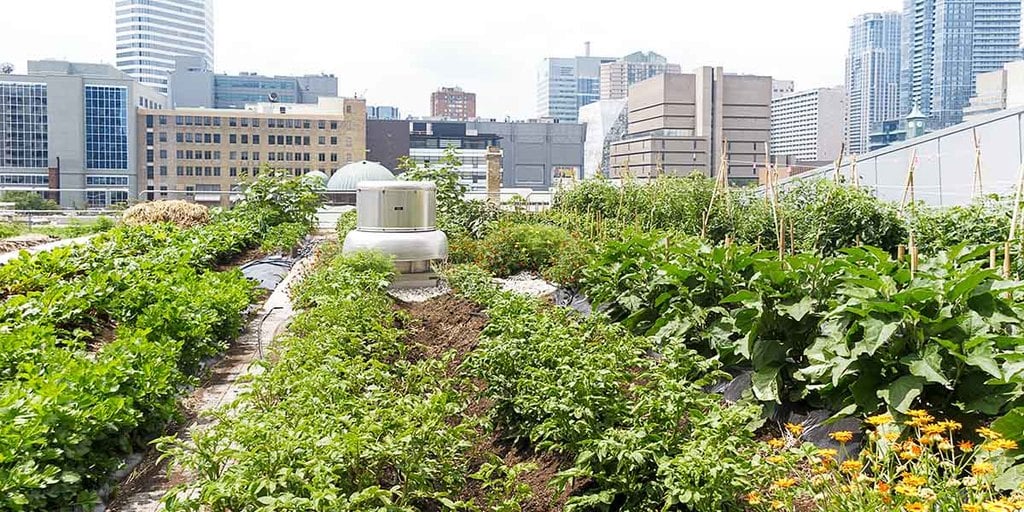The Basic Principles Of City Blooming
The Basic Principles Of City Blooming
Blog Article
Unknown Facts About City Blooming
Table of ContentsThe Best Strategy To Use For City Blooming7 Simple Techniques For City BloomingSome Ideas on City Blooming You Should Know7 Easy Facts About City Blooming ShownThe 5-Minute Rule for City Blooming
Fascinated in growing food for sale in the City of Chicago? Below is a listing of often asked questions regarding the rules and guidelines that growers should think about when intending a city agriculture project.
The zoning modification does not change any other codes handling composting, building licenses, purchasing or leasing City owned residential or commercial property, business licenses or environmental contamination. There are existing codes that regulate these problems and they continue to be in complete impact and may apply to your job. Neighborhood gardens are typically owned or taken care of by public entities, public organizations or community-based organizations and maintained by volunteers.
Urban ranches grow food that is intended to be offered, either on a not-for-profit or for-profit basis. Because of their commercial objective, city ranches require a company license. Yes. A community yard is permitted to offer surplus create that was grown on website if the sales are accessory or secondary to the yard's primary objective described over.
City Blooming Fundamentals Explained
The quantity of garden compost product can not go beyond 25 cubic backyards at any kind of provided time according to the standards in 7-28-715 of the City's Municipal Code. Since the soil at a lot of brand-new garden sites requires changing, compost, dirt, timber chips, or various other products can be acquired to construct or enhance the expanding area.

If a building authorization is required then the hoophouse will certainly be thought about an accessory structure. You can learn more regarding the building permit requirements by getting in touch with the Division of Structures. The 25,000-square-foot size limitation is meant to avoid a single neighborhood garden from dominating an offered block or interfering with the block's existing residential or commercial character.
The limitation does not apply to gardens found in Public Open Room (POS) areas. Can there be greater than one neighborhood yard that is 25,000 square feet on a single block? Yes. The dimension restriction puts on individual yards, not to specific blocks. No. Fencing is not required, nonetheless, yards that have large parking lot may be called for to install fence or other landscape design functions.
All About City Blooming
B1 & B2 areas require that all industrial usage tasks be conducted inside. Is secure fencing required for city ranches? Fences may be called for, along with landscaping and screening, for particular vehicle parking areas and outside work or storage space locations depending on place and the particular activity taking location.
Urban farms require building licenses and zoning authorizations prior to construction (home and garden). Other kinds of city testimonial may be called for depending on details frameworks, tasks, size, landscaping, licensing, public heath and stormwater management issues.
The find more Department of Organization Affairs and Customer Defense can assist figure out the details kind of company license that's required. Off road parking is needed for the majority of commercial tasks in Chicago. The required number of car park spaces is based on the number of employees working on website and not the square video footage of the expanding area.
The smart Trick of City Blooming That Nobody is Talking About

A metropolitan ranch can market garden compost product generated on site, nevertheless, the operation has to abide with the laws in 7-28-715 of the Chicago Municipal Code. Aquaponic systems are enabled inside your home on urban farms in lots of zoning districts.
Approximately 5 hives or swarms of honey bees might be maintained as an accessory usage. Nonetheless, beekeepers have to register with the Illinois Division of Farming. For additional information regarding the suggested zoning amendment you might contact the Department of Real Estate and Economic Advancement, Bureau of Planning and Zoning at 312.744.8563.
, which takes area in rural areas at the side of residential areas.
City Blooming - Questions
It can involve a motion of natural growers, "foodies" and "locavores", who seek to form social media networks founded on a common values of nature and area holism. These networks can develop using official institutional assistance, ending up being integrated right into regional town as a "change town" movement for lasting city growth.
Some of the very first evidence of urban farming comes from Mesopotamia.
Report this page